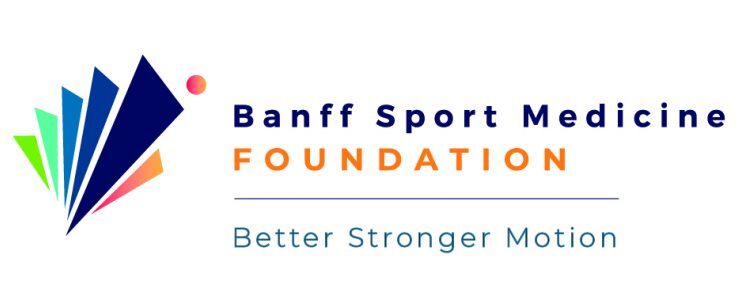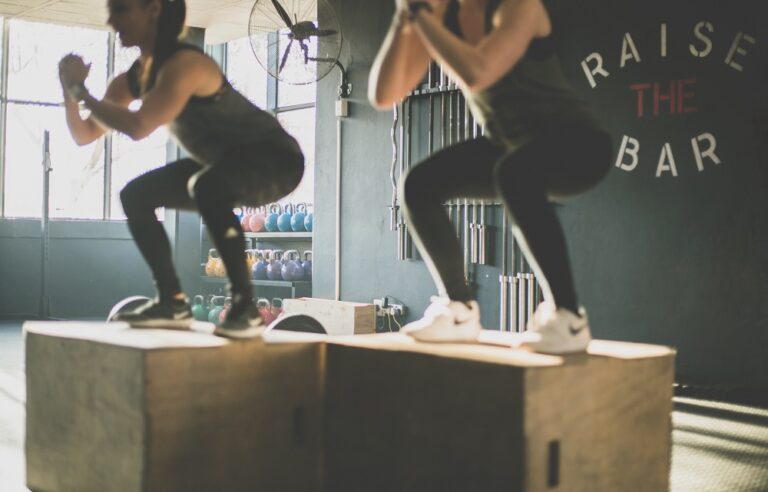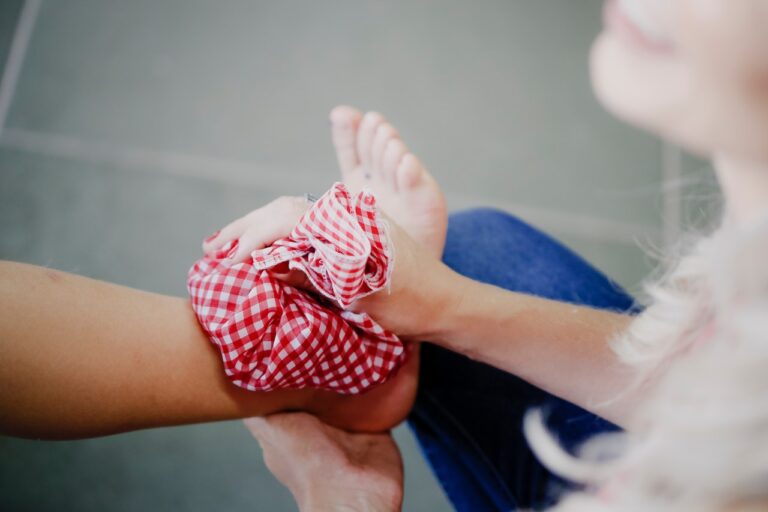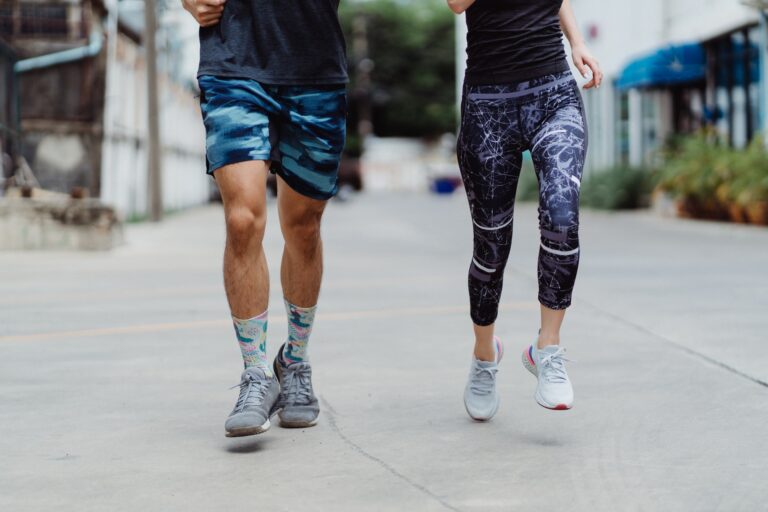Graft Choices in ACL Reconstruction
Anterior cruciate ligament (ACL) reconstruction is currently the gold standard of care for ACL injuries, particularly for young, active individuals and athletes who plan to return to a high level of sporting activities.
In ACL reconstruction, the torn ACL tissue is surgically removed and replaced with another tendon or “graft”.
There are 3 types of grafts used – autograft tendons, allograft tendons and synthetic grafts.
ACL Graft Types – summary
English Subtitles
French Subtitles
Tagalog Subtitles
Autograft (own tissue)
By far, autograft tendons are the most commonly used.
Autografts in ACL reconstruction are tendons harvested from the patient’s own body at the beginning of the procedure and prepared as a tissue graft that can be inserted into the knee during the same procedure in an attempt to restore the normal anatomy of the ACL.
Occasionally, there is a remnant of native ACL still present in the knee (partial ACL tear, or partial healing of a full ACL tear) that is left in place if it is of good quality and the tendon graft is inserted alongside of it to reinforce it. This is essentially the same as a full reconstruction. Your surgeon may refer to this as an ACL augmentation/reconstruction.
The most common autograft tendons are the hamstring tendons, specifically the semitendinosus and gracilis tendons, which are part of the medial hamstring group.
— Learn more about hamstring autografts here —
The next most common autograft tendon used in ACL reconstruction is a portion of patellar (knee) tendon, followed by a portion of the quadriceps tendon.
— Learn more about the patellar autograft here —
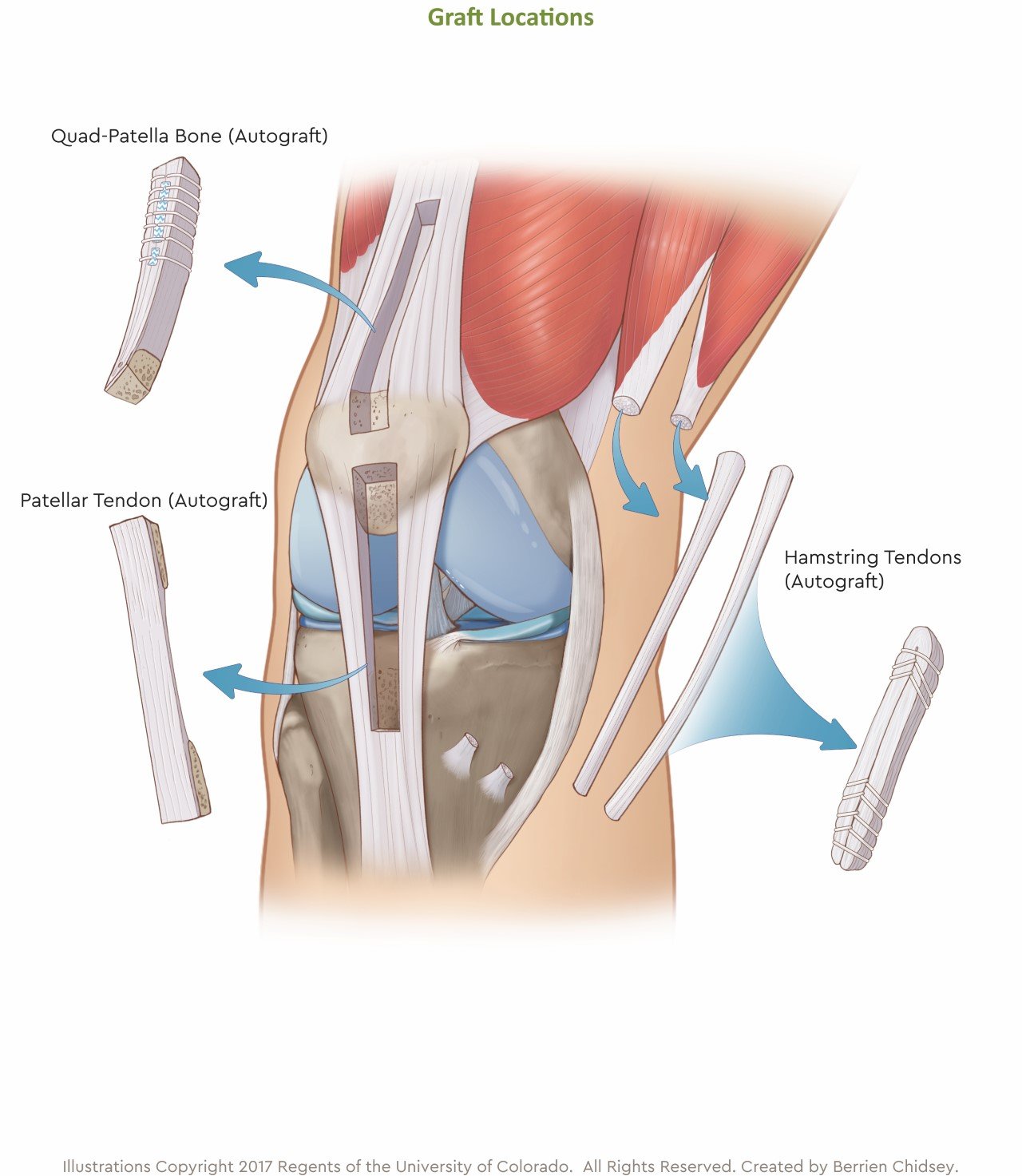
— Learn more about the quadriceps autograft here —
While autografts tend to have a better healing response and heal faster compared to allografts, one of the main disadvantages of autografts is harvest site morbidity i.e. complications at the site in the body where the graft tissue was taken.
Allograft (donor tissue)
There are many allograft (cadaver, or donor) tendons available for use in ACL reconstruction. The same tendons used as autografts can be used as allografts, as well as larger tendons that cannot be sacrificed as autografts, such as the Achilles, tibialis posterior, tibialis anterior and peroneus longus tendons.
Laboratory studies performed on animals show that allografts are not as strong as autografts at the end of the recovery period.
Because this type of study is not possible in humans, we can only infer that allografts are not as strong based on clinical research that shows their use is associated with a higher failure rate in patients below the age of 35-40 years.
This is likely based on the higher risk activity level in younger patients.
However, allografts may be a good option for patients over the age of 40 who are not planning to participate in high demand sports such as soccer, rugby, football, basketball and aggressive downhill skiing.
— Learn more about allografts here —
Synthetic grafts
Synthetic grafts are rarely used.
The main synthetic graft available in Canada that has an established track record is the LARS graft. Another type of synthetic graft more recently available is the InternalBrace, which can be used to reinforce an autograft or allograft tendon.
— Learn more about synthetic grafts here —
What type of graft is best for me?
While there are a multitude of graft options available for ACL reconstruction, there is not one graft that is appropriate for every patient.
Each type of graft has advantages and disadvantages that your surgeon will consider when making a recommendation. Your surgeon will also consider your age, goals, and lifestyle among other things.
Graft choice is a personal decision that will be discussed between you and your surgeon, but ultimately, the final decision will be yours.
Can any type of graft be used for any patient?
English Subtitles
French Subtitles
Tagalog Subtitles
Contributing expert

Dr Greg Buchko, Orthopaedic Surgeon
